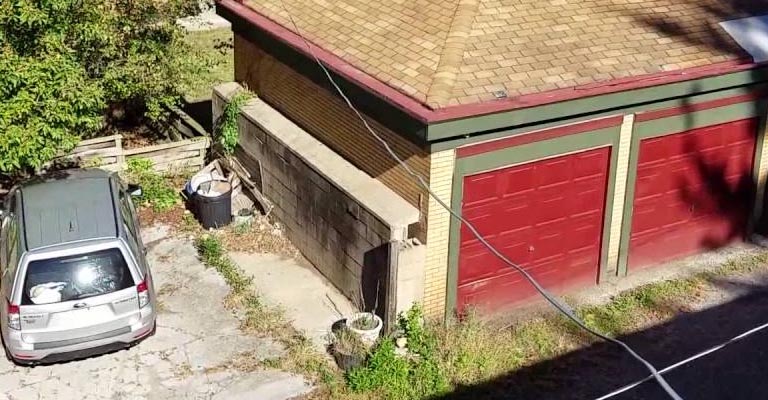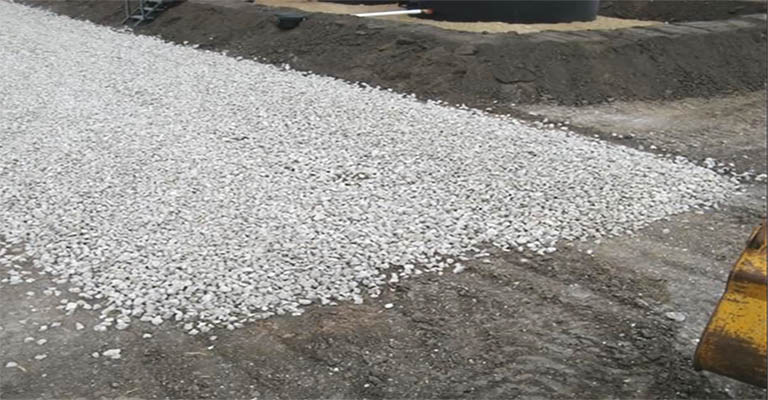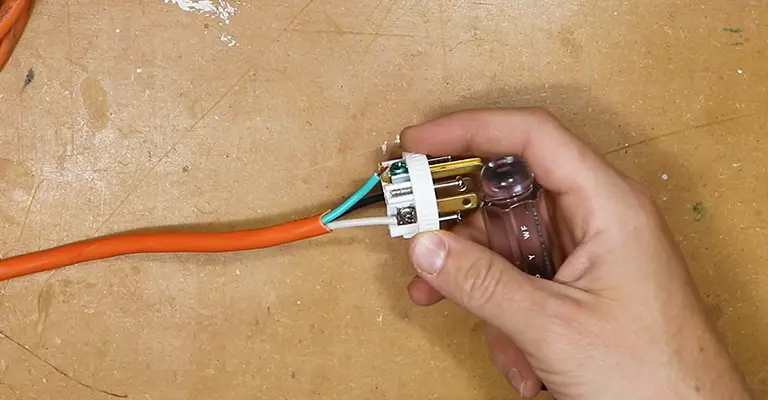Insulated Glass: Enhancing Comfort and Efficiency
In the modern world, where energy efficiency and comfort are paramount, insulated glass stands as a revolutionary product in the construction industry. Known for its exceptional ability to regulate indoor temperatures and reduce energy costs, insulated glass is increasingly becoming a staple in both residential and commercial buildings.
This article delves into the nuances of insulated glass, its benefits, and why it’s a smart choice for contemporary construction projects.
Understanding Insulated Glass
Insulated glass, often referred to as double glazing or IGU (Insulated Glass Unit), is a system of two or more glass panes separated by an air or gas-filled space to reduce heat transfer across a part of the building envelope. This design is not just a mere improvement over traditional single-pane windows but a leap forward in thermal insulation and energy efficiency.
The Structure of Insulated Glass
The essential components of an insulated glass unit include:
Multiple Glass Panes
Typically two, but sometimes more, these panes are separated by a gap filled with air or inert gases like argon or krypton.
Spacer
This component keeps the panes apart and is often filled with desiccants to absorb moisture.
Sealant
A high-strength sealant is used around the edges to keep the unit airtight and prevent the ingress of moisture.
Benefits of Insulated Glass
Energy Efficiency
By reducing the amount of heat transfer, insulated glass keeps buildings warmer in the winter and cooler in the summer, leading to significant energy savings.
Noise Reduction
The airtight seal and multiple layers of glass offer excellent sound insulation, making it ideal for buildings in noisy environments.
Reduced Condensation
The risk of condensation is minimized, which helps in maintaining clear visibility and preventing moisture-related damage.
UV Protection
Some insulated glass units come with a special coating that blocks harmful UV rays, protecting interiors from sun damage.
Applications in Modern Construction
Insulated glass is versatile and finds its application in various areas, including:
Residential Windows and Doors
Enhancing the comfort and energy efficiency of homes.
Commercial Buildings
Large glass facades and windows use insulated glass for better thermal regulation.
Skylights and Conservatories
Providing natural light while maintaining temperature control.
Choosing the Right Insulated Glass for Your Project
When selecting insulated glass, consider the following factors:
Glass Type
Options include tempered, laminated, or low-emissivity (Low-E) glass.
Gas Fill
Argon and krypton are popular choices for their superior insulation properties.
Spacer Type
Metallic and non-metallic spacers have different thermal properties and durability.
Frame Material
The frame should complement the efficiency of the glass. Materials like vinyl and fiberglass are excellent choices.
Innovative Features in Insulated Glass
The field of insulated glass is witnessing rapid advancements, with manufacturers introducing innovative features to enhance performance:
Self-Cleaning Glass
Utilizing a special coating that reacts with sunlight to break down dirt, making maintenance easier.
Thermal Control
Some insulated glass units can adjust their thermal properties based on external temperatures, providing unparalleled climate control.
Environmental Impact and Sustainability
Insulated glass is not just beneficial for individual buildings but also contributes significantly to environmental sustainability. By reducing the need for excessive heating and cooling, these glass units play a crucial role in lowering carbon emissions and energy consumption on a global scale.
Eco-Friendly Manufacturing
Modern manufacturing processes of insulated glass prioritize eco-friendliness, with many companies using recycled materials and sustainable practices to reduce the environmental footprint.
Long-Term Sustainability
The longevity of insulated glass means less frequent replacements, leading to reduced waste and resource consumption over time.
Installation and Professional Advice
While insulated glass offers numerous benefits, proper installation is crucial. It’s advisable to work with experienced professionals who can ensure that the glass units are correctly fitted and sealed, maximizing their efficiency and lifespan.
Consultation
Professionals can help you choose the right type of insulated glass based on your specific needs and local climate conditions.
Customization
Insulated glass can be customized in terms of size, shape, and additional features, making it suitable for a wide range of architectural designs.
Cost-Effectiveness and Return on Investment
While the initial cost of insulated glass might be higher than traditional single-pane glass, the long-term savings in energy bills and maintenance costs make it a cost-effective choice.
Energy Savings
The insulation properties lead to significant reductions in heating and cooling expenses.
Increased Property Value
Buildings with insulated glass are often valued higher due to their energy efficiency and modern appeal.
Maintenance and Longevity
Insulated glass units are designed for durability, but proper maintenance is key to their longevity. Regular cleaning and timely inspection for sealant integrity are essential. Also, addressing any moisture or air leaks promptly ensures the unit’s effectiveness over time.
The Future of Insulated Glass
Advancements in technology are continuously enhancing the performance of insulated glass. Innovations like triple-glazing and dynamic glass, which changes its tint based on sunlight, are paving the way for even more energy-efficient and comfortable buildings in the future.
Final Thoughts
The incorporation of insulated glass, specifically double pane windows, marks a significant advancement in building efficiency and comfort. These windows, consisting of two glass panes with either a laminated or tempered glass pane, offer unparalleled thermal insulation. The core of this technology, the insulating glass unit, fits seamlessly into existing window frames, enhancing their functionality without the need for extensive modifications. The use of low-e coatings on the window glass further elevates its efficiency, reflecting heat while allowing light to pass through, thereby maintaining a comfortable interior environment.
Additionally, innovations like vacuum-insulating glass represent the future of this technology, promising even greater thermal performance and energy savings. The adaptability of insulated glass in various architectural settings is noteworthy. Whether it’s for large glass panels in commercial buildings or for residential window panes, the flexibility and effectiveness of laminated glass in these applications are exceptional.
The integration of insulated glass units into existing structures is a smart investment, as it upgrades the window glass to a more energy-efficient and environmentally friendly standard. The benefit of having low-e coatings on these units cannot be overstated, as they significantly reduce energy consumption while offering superior insulation. In conclusion, the use of double pane windows and advanced insulated glass technologies like vacuum-insulating glass is a testament to the evolution of sustainable and efficient architectural design.






